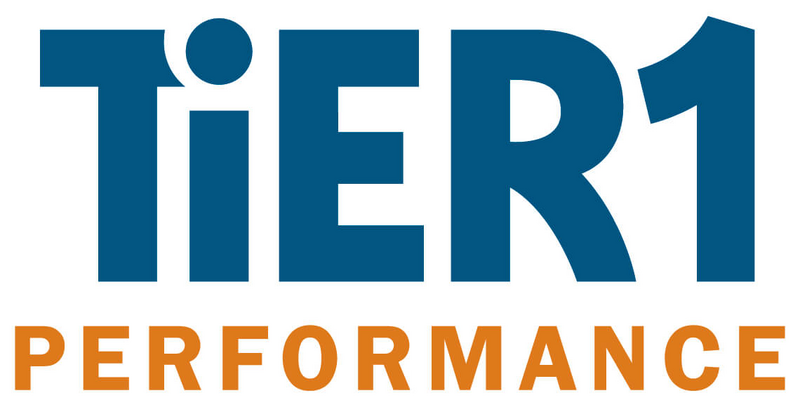ATD Blog
Flash: A Guide for Charting Your Conversion Course
Fri Jul 17 2020

After years of uncertainty, the rumors are true—Flash will reach its end-of-life on December 31, 2020. As a result, many organizations will need to create a Flash conversion plan to ensure their e-learning courses are functional in 2021. Think you might need to update your courses? Read on to learn more and develop your conversion plan.
What Is Flash and How Does It Affect E-Learning?
Flash is a format used to display animations on websites or other interactive platforms, such as e-learning or online games. When the end-of-life date arrives, Adobe will stop updating and distributing Flash, and the most popular internet browsers will block the format. While many businesses have migrated their websites away from Flash, they may not be considering the wide usage of the program in their learning departments, specifically when it comes to e-learning courses or custom learning tools.
Why Is Flash Going Away?
As analyst Jeffrey Hammond joked, “The writing’s been on the wall long enough.” While Adobe has worked hard to close security flaws, the frequency and severity of them were too much for some leading browsers. Firefox and Chrome stopped supporting Flash a while ago, and Microsoft Edge and Internet Explorer will soon follow suit. While these browsers have allowed the use of Flash through plug-ins, after the 2020 deadline, they will actively block access to Flash. HTML5 has quickly become the preferred replacement format.
What Does This Mean for Me?
Many e-learning courses leverage Flash as an output format that facilitates animations or interactions. After Flash's end-of-life, these courses will stop loading in newer browsers. All courses you’d like to keep should be converted to a new format.
How Do I Know If My Courses Contain Flash?
If you are delivering courses that were developed before 2016, there’s a good chance they were developed with Flash. Courses developed post 2016 may have dual support for Flash and HTML5, but it depends on whether your authoring tools were kept up-to-date. If you’re unsure about which courses are affected, you’ll have to check them individually or spot-check across courses built in the same timeframe with the same development tool. To check for Flash, run your course, then right-click anywhere to check for a Flash menu.
How Do I Create a Flash Conversion Plan?
We recommend following these steps:
1. Take Inventory—Identify all existing e-learning courses at your organization that may contain Flash.
2. Clear the Clutter—Determine if any courses can be retired or discarded. Do some of them provide training for systems you no longer use? Have older courses been replaced by new materials? Toss what you don’t need before you dive into conversion.
3. Create a Conversion List—Once you have a vetted list of courses, identify which ones use Flash as an output format. These are the courses that will need to be updated.
4. Determine the Right Conversion Path—Not all course conversions should be the same. Figure out which path is the best for each course depending on its unique place in your learning environment—1-to-1 conversion; convert and update; or rewrite and redesign.
How Should I Get Started?
When developing, updating, or converting a number of e-learning courses, you will want to build an agile working environment and design your production factory. Once you’ve decided which courses follow which conversion path, design your workflows, set the standards, and establish timelines. With those parameters in place, all that’s left is the work. Turn on the factory and begin converting your courses in an intentional, efficient way.
Take the Next Step
Download our Quick Guide to Flash Conversion or learn more about creating a personalized plan by connecting with us at [email protected].

